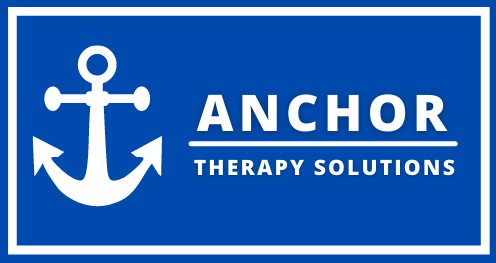Hand Therapy
Hand Therapy: Unlocking Mobility and Functionality with Occupational Therapy
Introduction
Hand therapy plays a vital role in rehabilitating individuals with hand and upper extremity injuries or conditions, helping them regain mobility and functionality. Occupational therapists specializing in hand therapy possess expertise in various treatment techniques, such as Instrument-Assisted Soft Tissue Mobilization (IASTM), soft tissue mobilization, myofascial release, trigger point therapy, and nerve mobilization. In this article, we will explore the significant role of occupational therapists in hand therapy and the techniques they employ to facilitate recovery.
Understanding Hand Therapy
Hand therapy is a specialized branch of occupational therapy that focuses on the evaluation and treatment of injuries or conditions affecting the hand, wrist, forearm, and upper extremity. Occupational therapists with advanced training in hand therapy work closely with individuals to restore functional independence, reduce pain, and improve quality of life.
The Role of Occupational Therapists in Hand Therapy
Evaluation and Assessment: Occupational therapists begin the hand therapy process by conducting thorough evaluations to assess the individual's condition, limitations, and goals. They evaluate strength, range of motion, coordination, sensation, and dexterity to determine an appropriate treatment plan tailored to the individual's specific needs.
Treatment Planning: Occupational therapists develop personalized treatment plans based on the evaluation results. These plans aim to address the individual's functional goals by targeting specific impairments or limitations. They incorporate a variety of techniques, including IASTM, soft tissue mobilization, myofascial release, trigger point therapy, and nerve mobilization, as part of the overall treatment strategy.
IASTM (Instrument-Assisted Soft Tissue Mobilization): IASTM involves the use of specialized tools to address soft tissue restrictions and improve mobility. Occupational therapists use these instruments to detect and treat scar tissue, fascial restrictions, and adhesions. By applying controlled pressure and precise movements, IASTM helps break down scar tissue, increase blood circulation, and promote tissue healing.
Soft Tissue Mobilization and Myofascial Release: Soft tissue mobilization techniques involve skilled manual therapy aimed at addressing soft tissue restrictions. Occupational therapists use various hands-on techniques to stretch, massage, and mobilize soft tissues, such as muscles, tendons, and ligaments. Myofascial release focuses specifically on releasing tension and restrictions within the fascia, the connective tissue that surrounds and supports the muscles.
Trigger Point Therapy: Trigger points are tight knots of muscle fibers that can cause pain and restrict movement. Occupational therapists employ trigger point therapy to identify and release these specific points of tension. By applying pressure or performing manual techniques, therapists can reduce pain and improve muscle function.
Nerve Mobilization: Nerves play a crucial role in hand function and sensation. Occupational therapists specializing in hand therapy utilize nerve mobilization techniques to restore optimal nerve function and alleviate symptoms associated with nerve compression or injury. These techniques involve gentle, controlled movements that aim to free entrapped or compressed nerves, reducing pain and promoting nerve healing.
Benefits of Occupational Therapy in Hand Therapy
The integration of these specialized techniques within the framework of occupational therapy offers several benefits to individuals undergoing hand therapy:
Pain Reduction: By addressing soft tissue restrictions, trigger points, and nerve-related issues, occupational therapists can significantly reduce pain levels experienced by individuals with hand and upper extremity conditions.
Improved Range of Motion: Through targeted interventions, such as soft tissue mobilization and myofascial release, occupational therapists can help restore and improve joint mobility and range of motion, allowing individuals to perform daily activities with greater ease.
Enhanced Functionality: Occupational therapists focus on enhancing functional abilities by addressing specific limitations and working collaboratively with individuals to achieve their goals. By targeting impairments and implementing customized treatment plans, occupational therapists help individuals regain independence in daily activities and tasks.
Scar Management: Occupational therapists play a crucial role in managing and minimizing scar tissue through techniques like IASTM. By reducing the impact of scar tissue, therapists facilitate improved functional outcomes and reduce the risk of complications.
Conclusion
Occupational therapists specializing in hand therapy possess the expertise and knowledge to address a wide range of hand and upper extremity injuries or conditions. Through the use of techniques such as IASTM, soft tissue mobilization, myofascial release, trigger point therapy, and nerve mobilization, these therapists promote pain reduction, increased mobility, and improved functionality. By working closely with individuals, occupational therapists facilitate the recovery process, helping them regain independence and enhance their quality of life.


